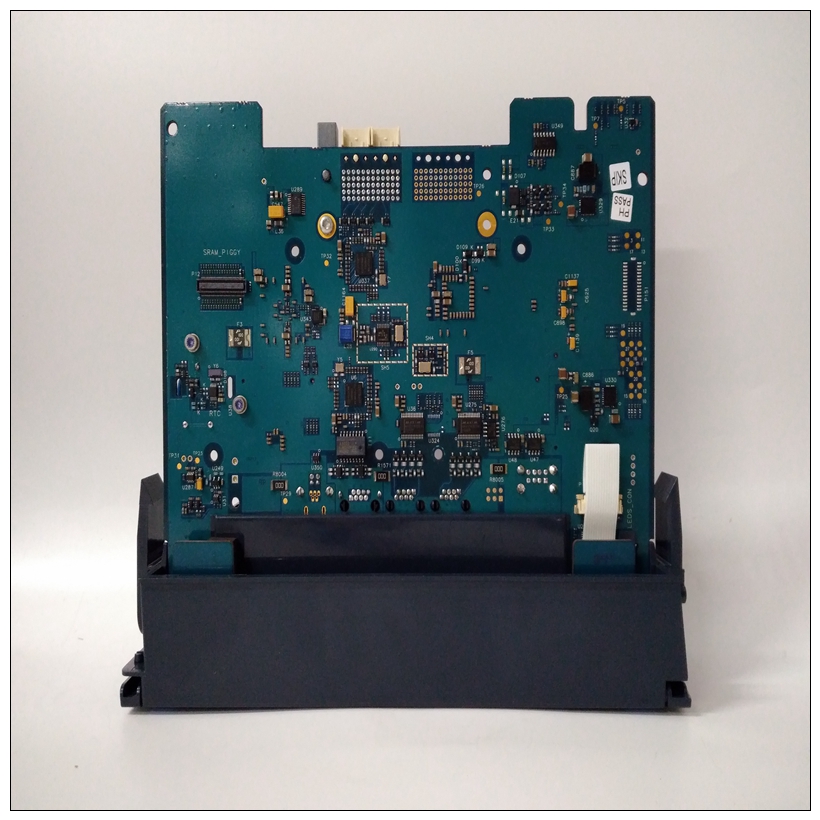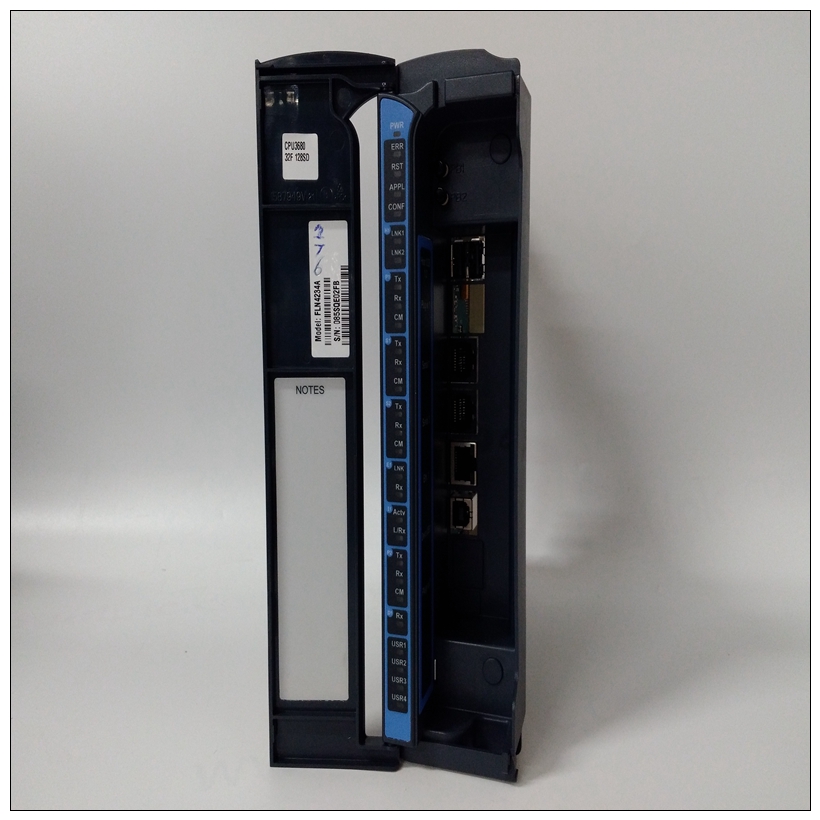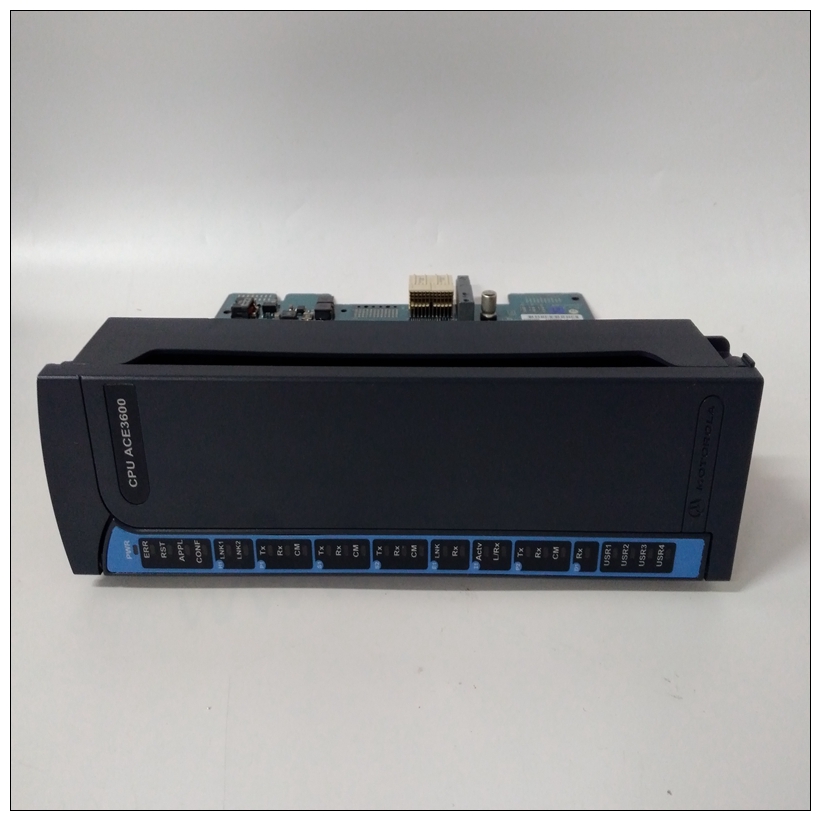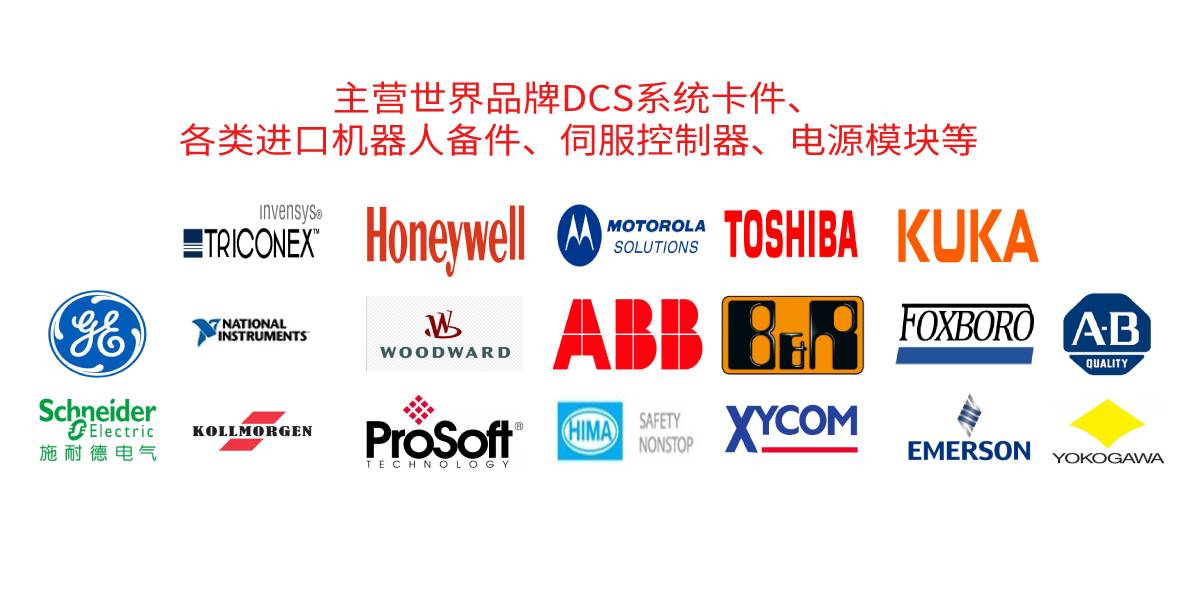FLN4234A模块,MOTOROLA中文说明
两个三排96针DIN型连接器P1和P2为基板和VMEbus之间的接口。P1提供电源和用于24位寻址和16位数据的VME信号。其引脚分配为由IEEE P1014-1987 VMEbus规范设置。P2 B行电源带电源的基板,上面有8条VMEbus地址线,以及具有额外的16条VMEbus数据线。P2行A和C不用于MVME172LX实现。



FLN4234A模块P1和P2的引脚分配为表5-8和表5-9分别列出了电路板规格下表列出了MVME172LX的一般规格VME嵌入式控制器。后续章节详细介绍了冷却要求和EMC法规遵从性。MVME172LX板的完整功能描述见第4章。可选IndustryPack模块的规格可以是可在这些模块的文档中找到。冷却要求指定了摩托罗拉MVME172LX VME嵌入式控制器,经过设计和测试,可在进气温度下可靠运行范围为0°至55°C(32°至131°F),整个系统强制风冷组装(基板和模块)的速度通常可以通过以下方式实现:使用100 CFM轴流风机。温度鉴定在标准摩托罗拉VME系统机箱。25瓦负荷板插入两个卡槽中,每侧一个,与下面的板相邻测试,以模拟高功率密度系统配置。大会三个轴流风机中,每个风机的额定功率为100 CFM,直接放置在VME卡固定框架。进气温度是在风机组件和卡笼,其中首先进入气流遇到被测模块。测试软件作为模块执行受到环境温度变化的影响。外壳温度监控关键的高功率密度集成电路,以确保未超过组件供应商的规格。而冷却所需的确切风量取决于环境空气温度和电路板的类型、数量和位置,以及对于其他热源,通常可以使用10 CFM实现充分冷却490线性调频流过模块。需要更少的气流来冷却具有较低最大环境的环境中的模块。在“更多”下良好的热条件下,可以操作模块在高于55°C且气流增加的情况下可靠运行。值得注意的是除了空气动力装置的额定CFM外,还有几个因素,这决定了空气流过管道的实际体积和速度单元
Two three-row 96-pin DIN type connectors, P1 and P2, supply the
interface between the base board and the VMEbus. P1 provides power and
VME signals for 24-bit addressing and 16-bit data. Its pin assignments are
set by the IEEE P1014-1987 VMEbus Specification. P2 Row B supplies
the base board with power, with the upper 8 VMEbus address lines, and
with an additional 16 VMEbus data lines. P2 rows A and C are not used in
the MVME172LX implementation. The pin assignments for P1and P2 are
listed in Table 5-8 and Table 5-9 respectivelyBoard Specifications
The following table lists the general specifications for the MVME172LX
VME embedded controller. The subsequent sections detail cooling
requirements and EMC regulatory compliance.
A complete functional description of the MVME172LX boards appears in
Chapter 4. Specifications for the optional IndustryPack modules can be
found in the documentation for those modules. Cooling Requirements
The Motorola MVME172LX VME Embedded Controller is specified,
designed, and tested to operate reliably with an incoming air temperature
range from 0° to 55° C (32° to 131° F) with forced air cooling of the entire
assembly (base board and modules) at a velocity typically achievable by
using a 100 CFM axial fan. Temperature qualification is performed in a
standard Motorola VME system chassis. Twenty-five-watt load boards are
inserted in two card slots, one on each side, adjacent to the board under
test, to simulate a high power density system configuration. An assembly
of three axial fans, rated at 100 CFM per fan, is placed directly under the
VME card cage. The incoming air temperature is measured between the
fan assembly and the card cage, where the incoming airstream first
encounters the module under test. Test software is executed as the module
is subjected to ambient temperature variations. Case temperatures of
critical, high power density integrated circuits are monitored to ensure that
component vendors’ specifications are not exceeded.
While the exact amount of airflow required for cooling depends on the
ambient air temperature and the type, number, and location of boards and
other heat sources, adequate cooling can usually be achieved with 10 CFM
and 490 LFM flowing over the module. Less airflow is required to cool the
module in environments having lower maximum ambients. Under more
favorable thermal conditions, it may be possible to operate the module
reliably at higher than 55° C with increased airflow. It is important to note
that there are several factors, in addition to the rated CFM of the air mover,
which determine the actual volume and speed of air flowing over a
module.







